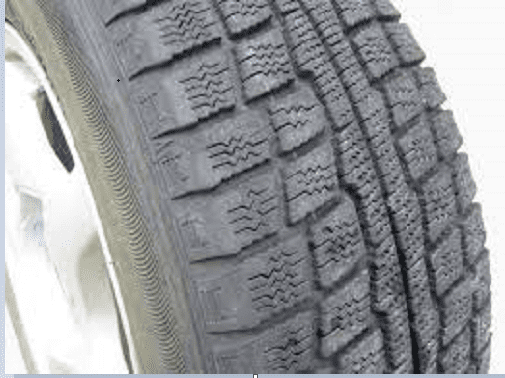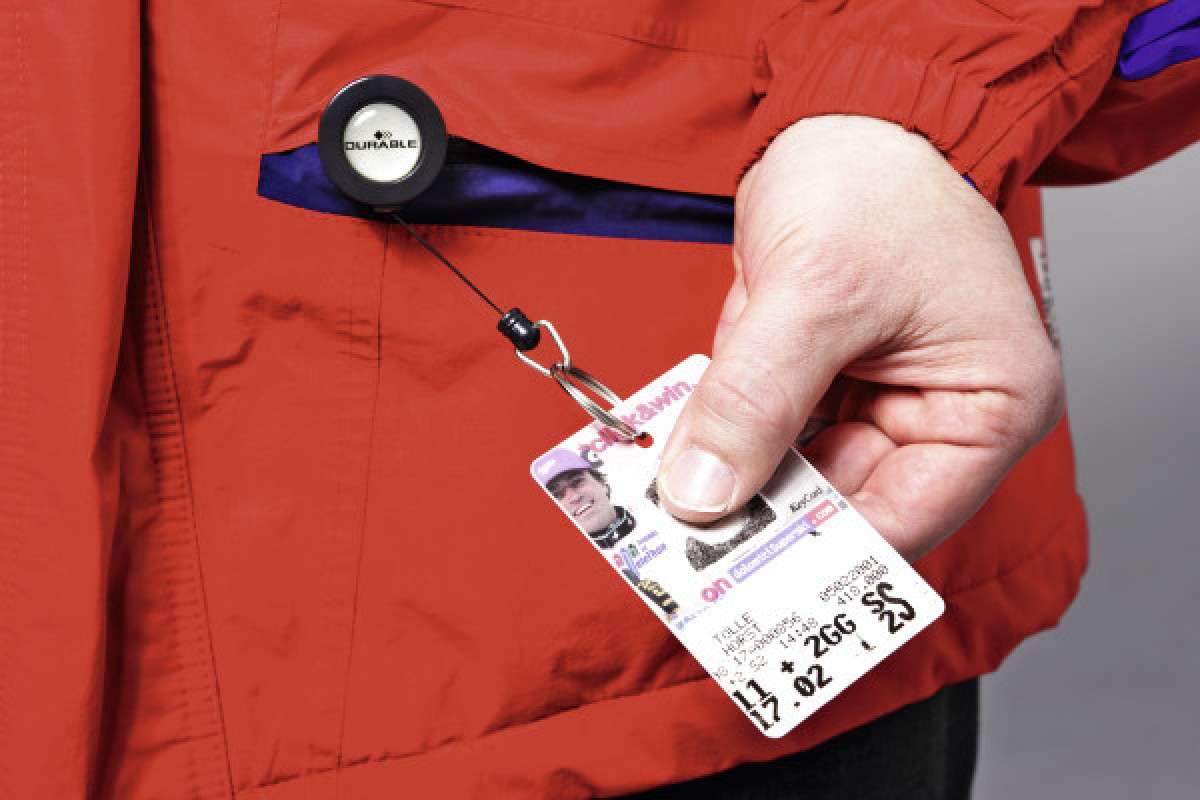Driving in winter could be intimidating for some people. It makes extra issues for the driver, and getting prepared for snow driving should start some time before the snowfalls. Experienced drivers prescribe considering changing summer tires to winter ones when the temperature goes below 7 degrees Celsius when we talk about changing car tires.
The clarification for this is basic ? when the asphalt is covered with snow, summer tires offer less grasp, and morning mist eventually diminishes it to nothing.
For most vehicle enthusiasts, winter tires’ decision is self-evident, however, a portion of the drivers are as yet unsure.
We should attempt to help comprehend the circumstance. Winter tires can be categorized into anti-skid studded tyres and friction tyres (or velcro, as drivers say).
Tires of each type have their own unique highlights.
Highlights of studded tires
The benefits of studded tires include a phenomenal grasp for frigid and ice-covered surfaces. They likewise add to great cross country recreation on loose snow.
By far most of the current studded tires are made for outrageous winter conditions, as confirmed by the interesting three-nail mountain markings which can be found on the sidewall. The M + S mark means “mud” and “snow”). Presently, these letters are even found on tires with summer tread.
With the improvement of the tread design and the rubber compound’s organization, the construction of the anti-skid is modified. These days most winter tire makers utilize unique studs, which are introduced straightforwardly at the manufacturing plant.
The experience of utilizing studded tires recommends that with cautious use and careful treatment, they serve for quite a while. Issues related to quick wear and loss of studs result from forceful use or incompetent driving. Wheel slip is particularly unsafe, as it can deny tires of a critical number of studs surprisingly fast, and make the leftover studs less productive.
Highlights of friction tyres
The tread construction of a friction tire is diminished to the evacuation of a flimsy water film that shows up between the warm rubber and the frigid surface, after which powerful semi-dry or dry rubbing takes place.
The thickness of the subsequent water film relies upon the surrounding temperature and the ice structure; hence, how much grip this tyre offers depends on the conditions of weather. The more freezing the temperature is, the more efficient the friction tyres are.
The potential “winter” life of these tire is higher than that of a studded tire, however, it is generally restricted by wear regardless of the delicate rubber structure and many opened spaces (sipes). So, these are durable than studded tires.
Taking into account that these tires can be “put on ahead of schedule and eliminated later”, they seem alluring for winter use, particularly in metropolitan conditions. As these tyres don?t have studs, comfort is affected when driving on roads without ice.
The sale of friction tires is increasing not rapidly but gradually as they offer enhanced handling in ice and snow
How to choose the one best for you
There are explicit rules for picking a specific kind of winter tire. Beginner drivers are in an ideal situation utilizing studded tires. Strangely, these go well for experienced drivers too. Just remember that rough use can result in the loss of thorns.
The most moderate approach to check tires’ grasp is to test brakes on an empty road. To do this, you need to choose a protected region toward the start of the course and check how the vehicle behaves while slowing down.
By practising this methodology, again and again, you can prepare yourself for different street conditions and keep away from unsafe circumstances.
Devotees of the comfortable ride prefer friction tires. Vehicles with front-wheel drive and all-wheel drive are better adjusted to this sort of tire. However, you should keep in mind that the way studless tires behave is dependent on the temperature. In the temperature range from 0 to – 15 degrees Celsius, they are mediocre compared to their performance on the ice.?
Once you know the difference between these two, you can even buy car tires online.










